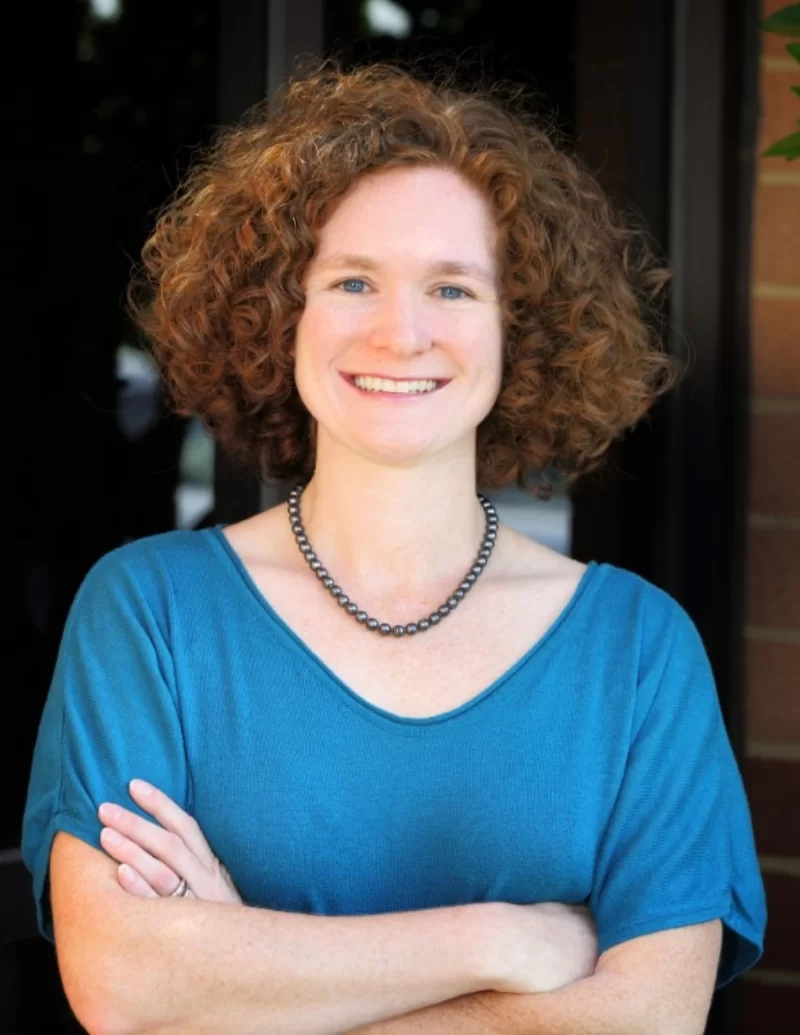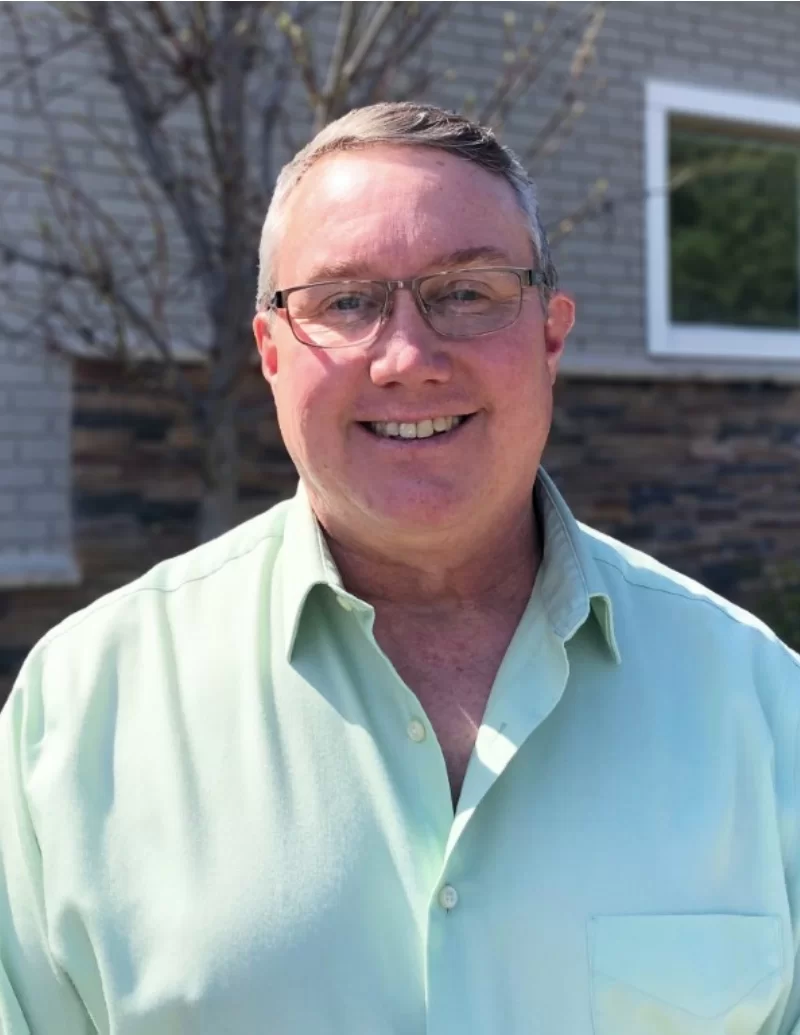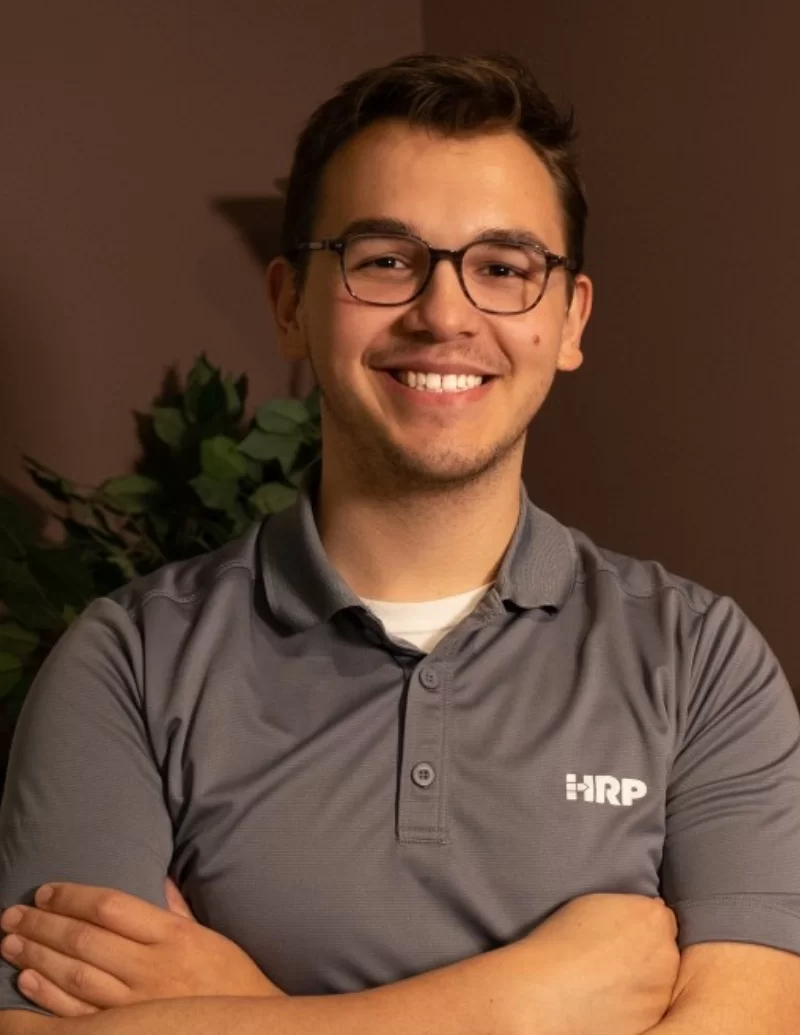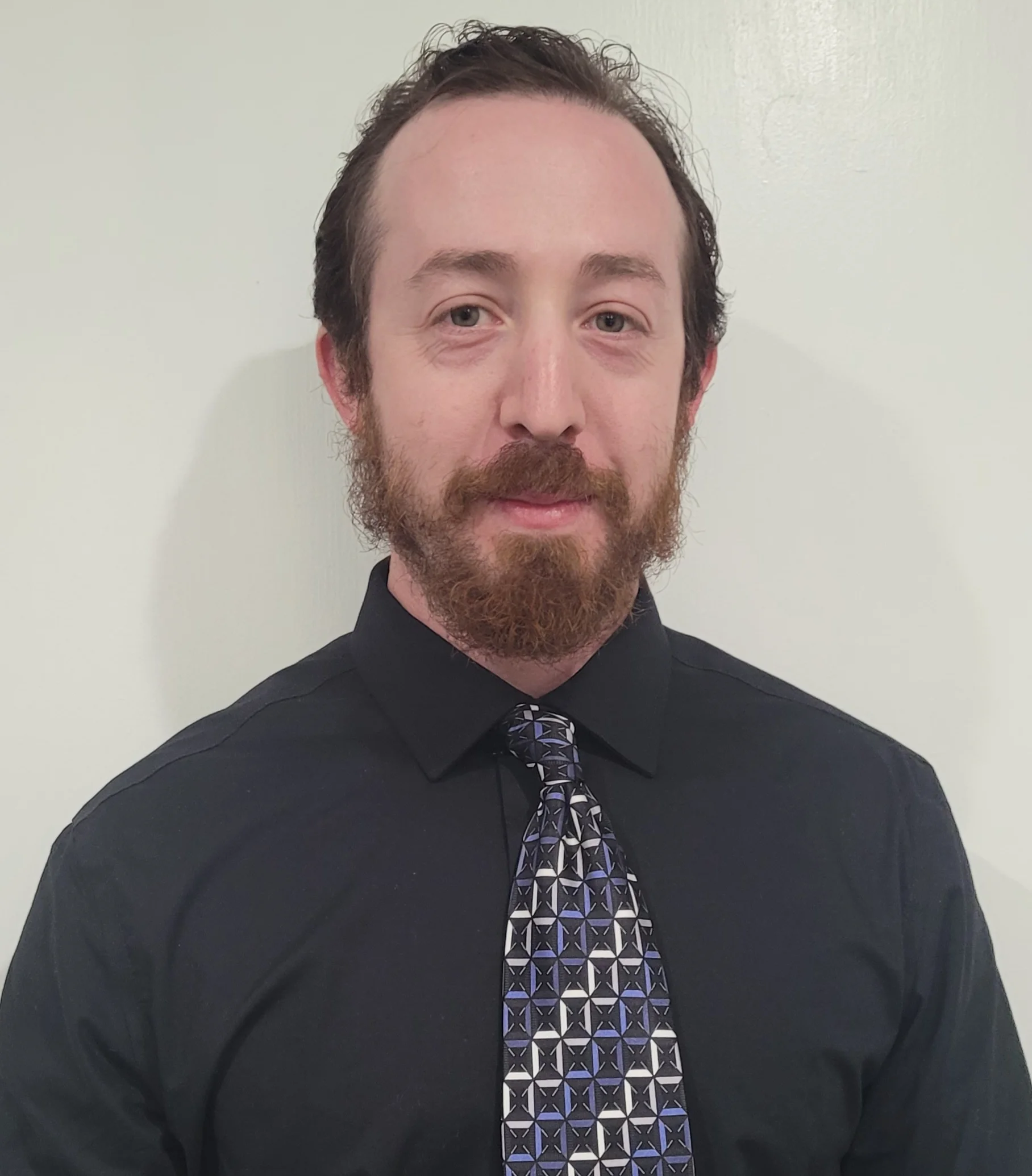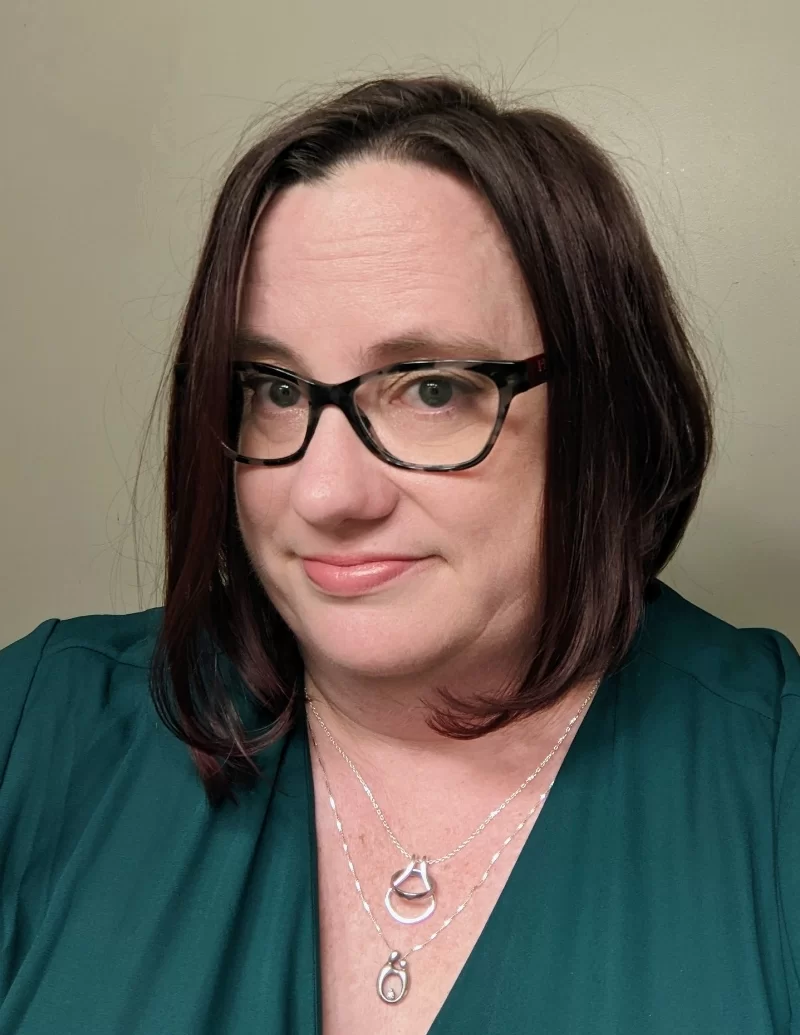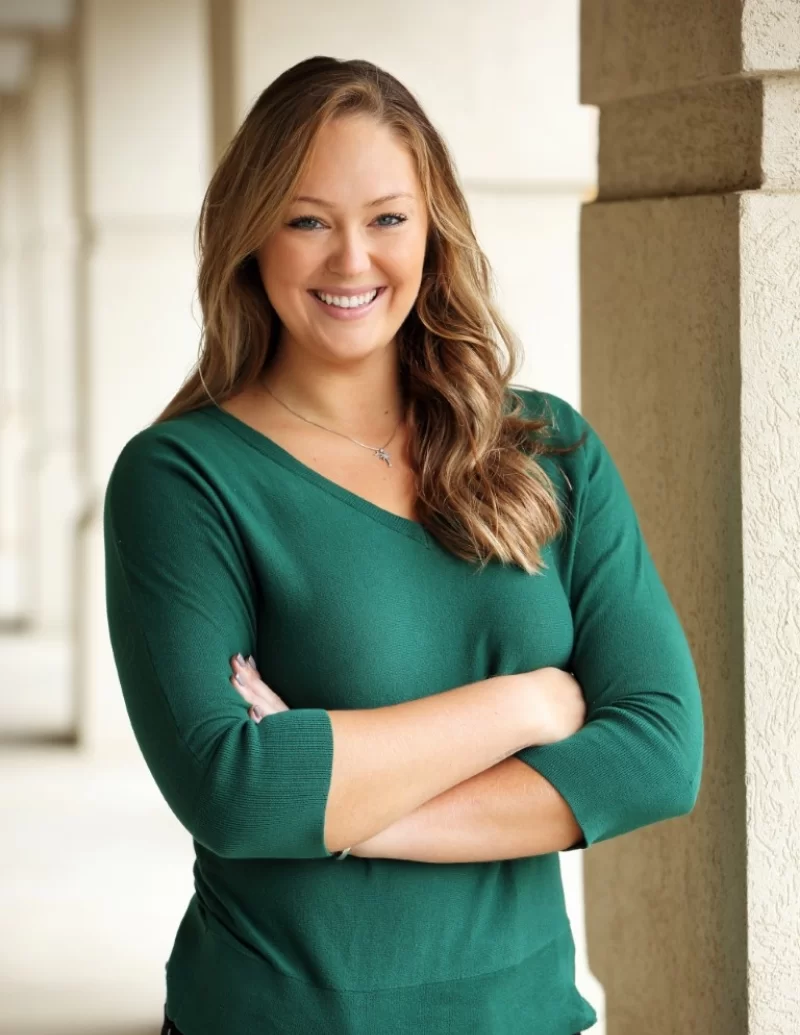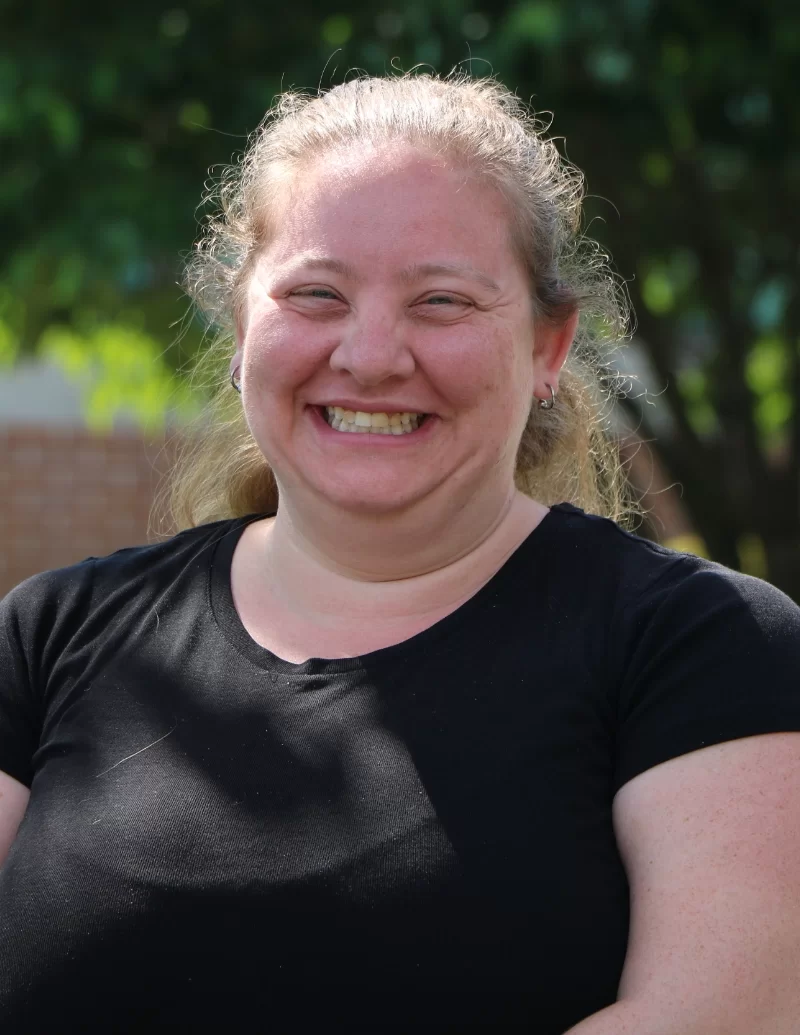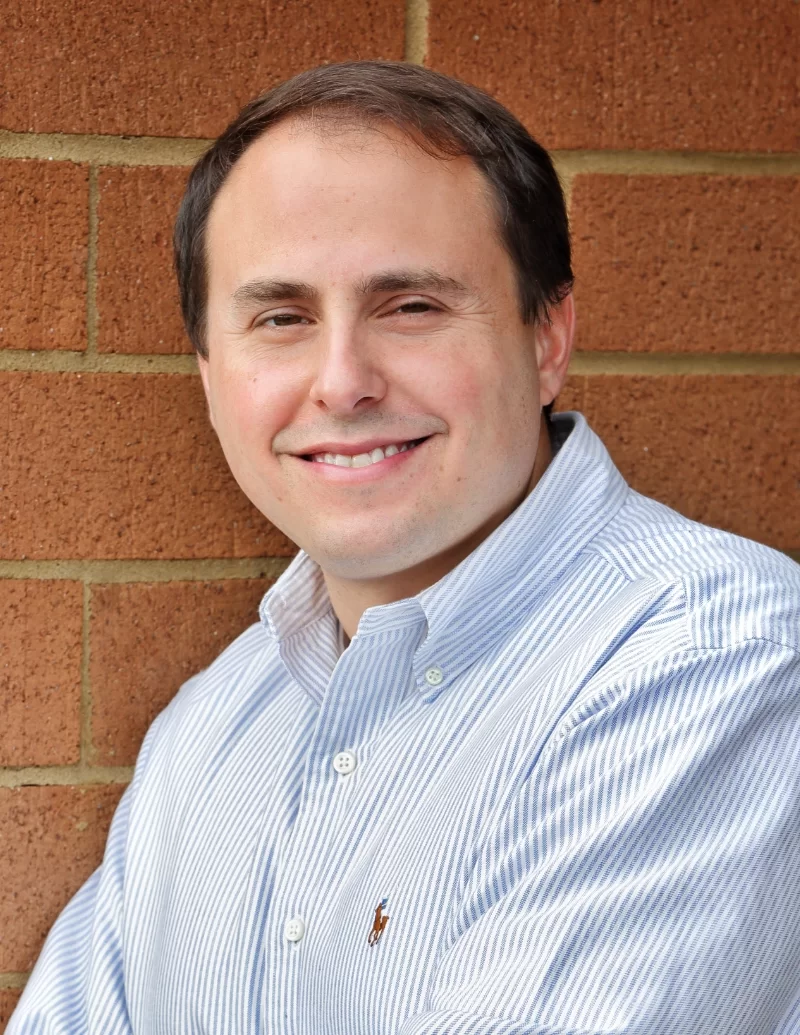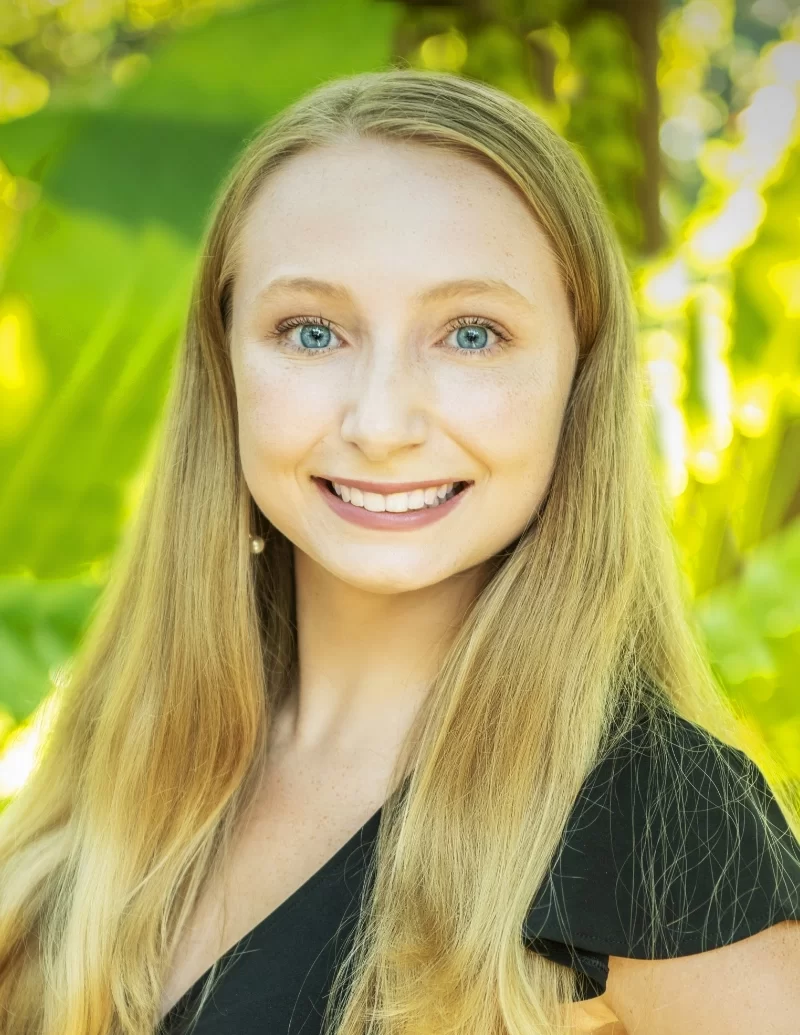Services
Air Permitting & Compliance
We help clients meet regulatory requirements while minimizing environmental impact by conducting air dispersion modeling and quantifying emissions. Our team develops comprehensive compliance strategies and guides clients through the air permitting process. With expertise in air quality regulations, we provide ongoing support to ensure clients maintain compliance with emissions standards and continuously manage their air quality obligations.
Hazardous Materials Compliance
We offer tailored solutions to ensure clients adhere to hazardous materials regulations. Our experienced team conducts thorough hazardous waste determinations and creates waste management plans and standard operating procedures. Through detailed planning and implementation, we assist clients in minimizing risks, ensuring compliance, and maintaining safe handling, storage, and disposal practices of hazardous materials in accordance with regulatory standards.
Risk Management Program
Our risk management solutions help clients mitigate potential hazards and ensure regulatory compliance. Our experienced team conducts in-depth assessments to identify risks and develops tailored strategies to address them effectively. We focus on comprehensive planning and implementation to safeguard operations, minimize liabilities, and ensure clients remain in compliance with industry standards, fostering a proactive approach to risk management.
On-site Compliance Management/Staffing
We provide dedicated on-site compliance management support, overseeing daily operations and implementing compliance protocols. Our experienced team focuses on proactive monitoring, timely responses, and seamless integration of compliance measures into daily workflows. By managing compliance tasks effectively, we help clients maintain regulatory adherence and ensure smooth operations, reducing the risk of non-compliance and associated penalties.

